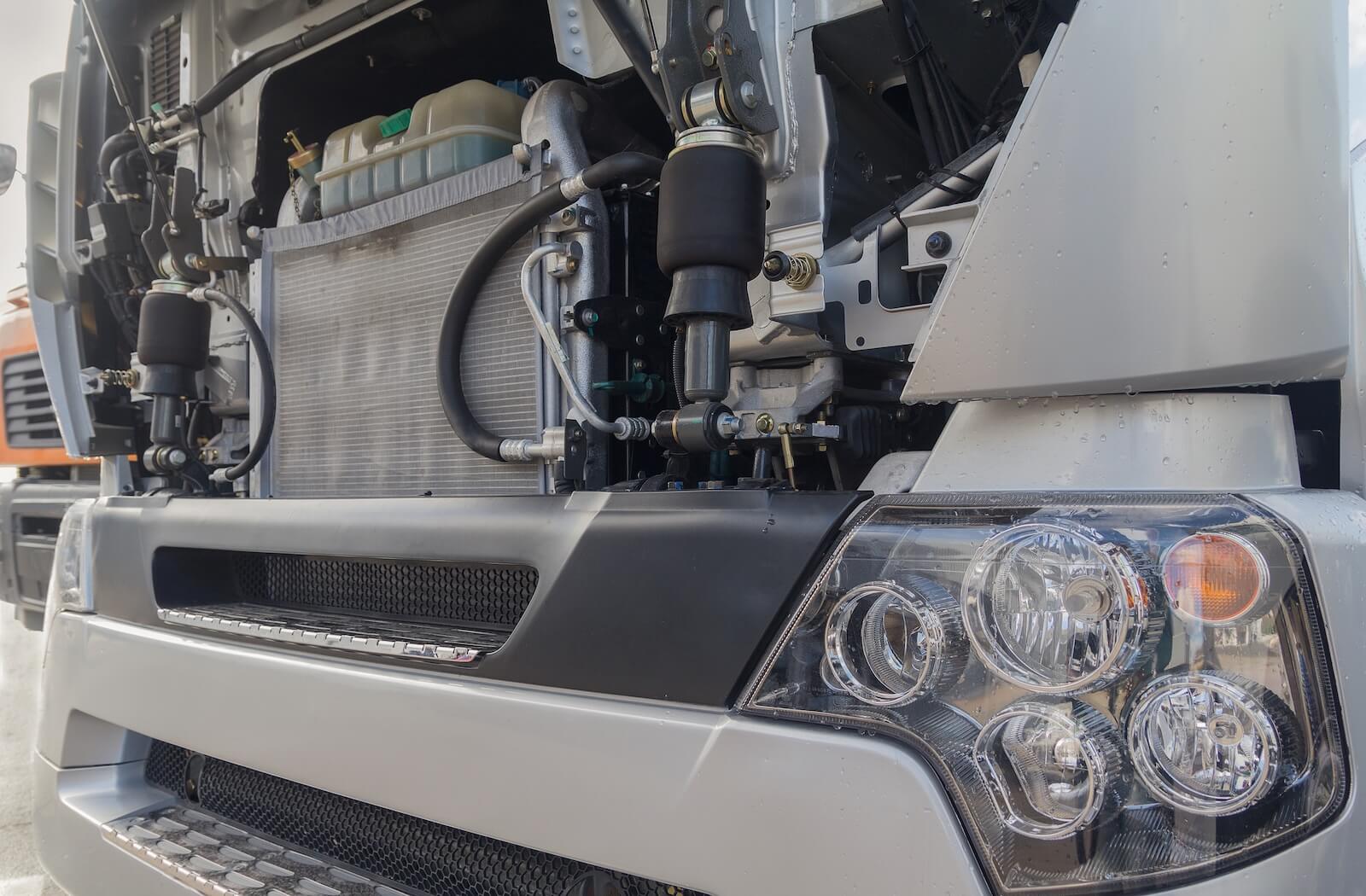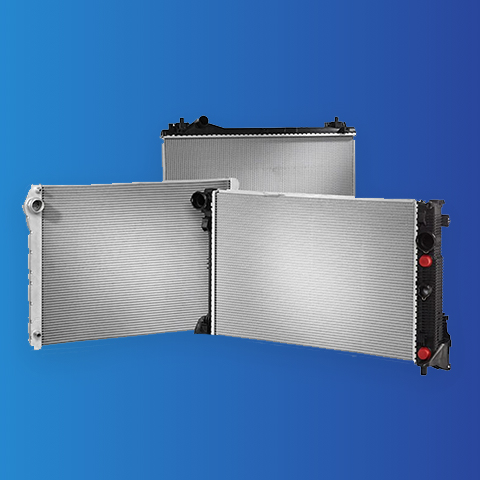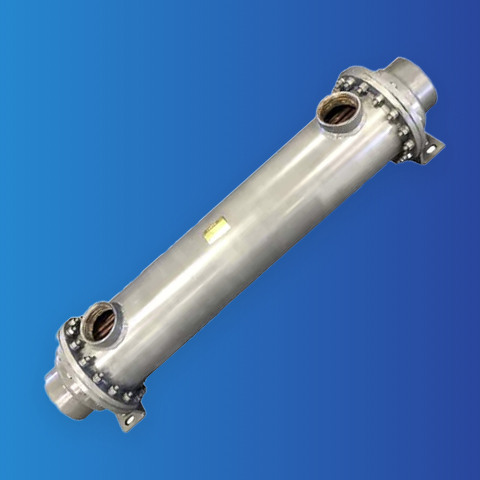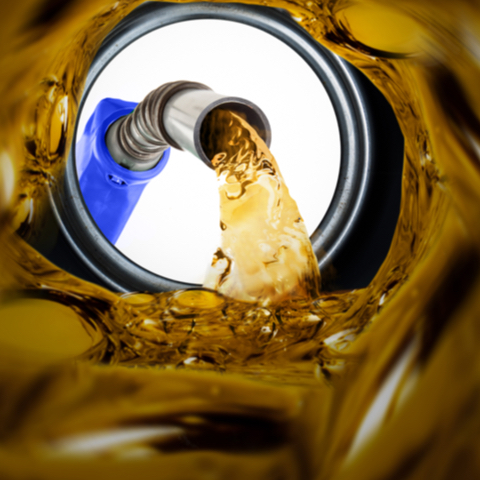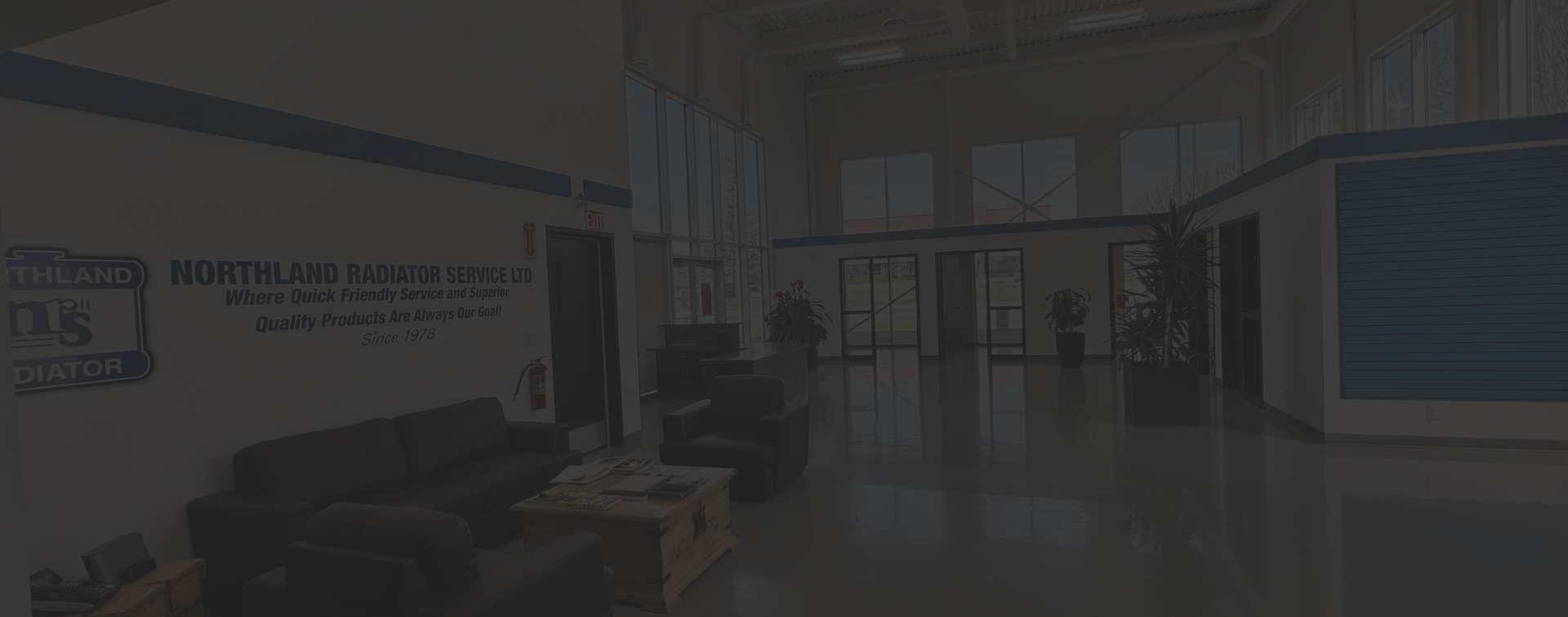When you’re driving a heavy-duty truck across Alberta’s highways or hauling heavy loads around Red Deer, your cooling system works harder than just about anything else under the hood. Keeping your radiator in top shape isn’t just a suggestion — it’s essential for protecting your engine, saving fuel, and avoiding costly repairs.
At Northland Radiator, we’ve seen firsthand how regular maintenance can make a major difference. Let’s walk through the best ways you can keep your truck’s radiator performing at its best.
Start with Regular Visual Inspections
One of the simplest, most effective habits you can build is giving your radiator a regular once-over. A quick visual check before long trips can catch problems early. Look for signs of leaking coolant, corrosion around fittings, and any physical damage to the radiator itself. Even small cracks or bent fins can reduce your cooling efficiency over time.
If you notice any unusual wet spots or rusty residue, it’s a sign that something needs attention sooner rather than later.
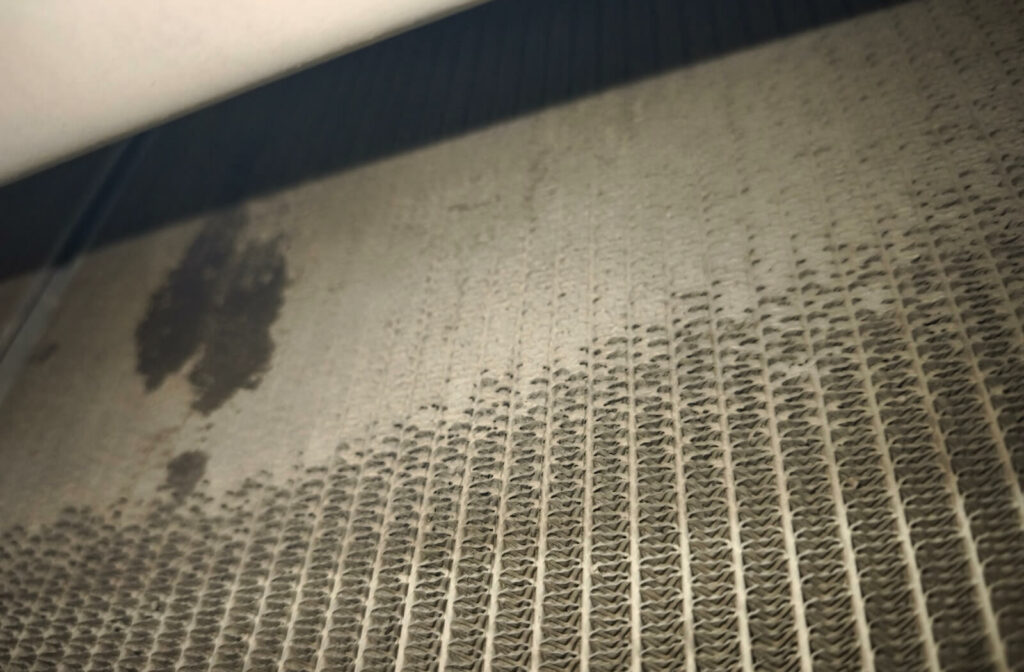
Keep the Radiator Fins Clean
Clean fins mean better airflow — and better airflow means better cooling. Over time, dirt, bugs, and debris clog up the tiny spaces between radiator fins, restricting airflow and forcing your cooling system to work harder than necessary.
A soft brush and a gentle rinse with low-pressure water can go a long way here. Be careful though: high-pressure sprays can actually bend the fins and cause more harm than good. If you’ve been driving gravel roads or through muddy conditions, it’s worth checking and cleaning your radiator more often.
Stay on Top of Coolant Levels
It’s easy to forget about coolant until there’s a problem, but by then it might be too late. Make it part of your regular routine to check the coolant reservoir — always when the engine is cool, of course. If you’re running low, top it off using the correct coolant mixture.
Neglecting coolant levels is one of the fastest ways to cause your engine to overheat, especially under heavy loads or during long hauls across Alberta’s hotter months.
Don’t Forget to Test Coolant Quality
Even if your coolant looks full, that doesn’t mean it’s in good condition. Coolant degrades over time, losing its ability to protect your engine and radiator.
It’s a smart idea to test your coolant’s pH and check for any signs of contamination, like rust particles or an oily sheen. If the coolant looks dirty or doesn’t test well, it’s time for a full flush and refill — don’t wait until problems develop.
Flush the Cooling System Periodically
Speaking of flushing, it’s not just about dirty coolant. Over time, sludge and debris can build up inside the system, blocking coolant flow and reducing heat transfer.
A full cooling system flush every 1–2 years, depending on your truck’s usage and manufacturer guidelines, helps keep everything flowing cleanly. Fresh coolant doesn’t just cool better — it also extends the life of your radiator and water pump.
Pay Attention to Hoses and Clamps
Your hoses and clamps are the unsung heroes of your cooling system. Cracks, soft spots, bulging areas, or loose clamps can spell disaster if left unchecked.
Give hoses a light squeeze during inspections — they should feel firm, not squishy or brittle. If you find any signs of wear or leaks, replace them right away. It’s a small cost compared to the damage a failed hose can cause on the road.
Make Sure the Thermostat and Fan Are Working
A stuck thermostat or a non-functioning radiator fan can create big cooling problems fast. If you notice erratic temperature readings, slow warm-ups, or overheating at idle, it’s time to check these components.
Testing a thermostat is fairly straightforward, and listening for the radiator fan to engage at operating temperature can alert you to issues early. Fixing a failing thermostat or fan motor is far easier (and cheaper) than rebuilding an overheated engine later.
Stick to a Maintenance Schedule
Maintenance isn’t something you should leave to chance. Following a regular schedule — based on your manufacturer’s recommendations and your truck’s usage — helps catch small issues before they turn into big ones.
This means regular inspections, coolant flushes, hose replacements, and cleaning. Keeping track of maintenance dates can make a big difference in the long-term reliability of your cooling system.
Know When to Call the Pros
Even with the best DIY care, some things are better left to the experts. If you spot persistent leaks, major corrosion, or suspect internal damage, don’t wait.
At Northland Radiator, we specialize in heavy-duty truck radiator repairs, maintenance, and replacements right here in Red Deer. Our team can help you stay ahead of issues and keep your rig running cool — no matter how tough the road gets.

